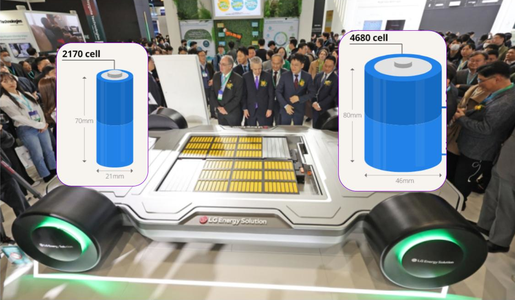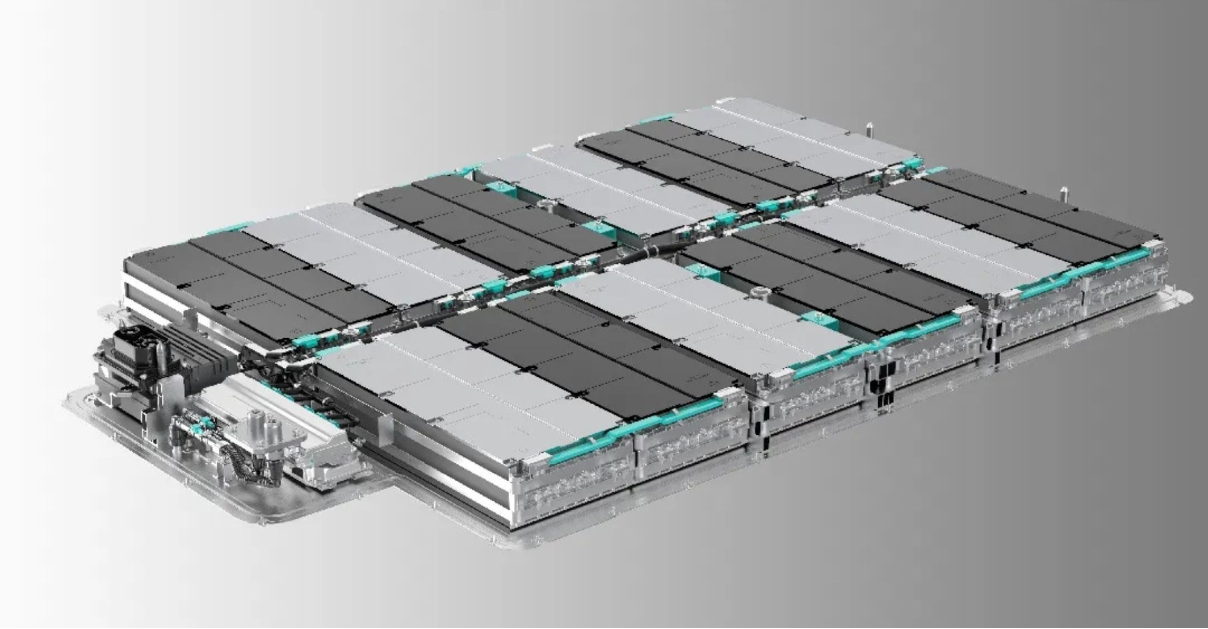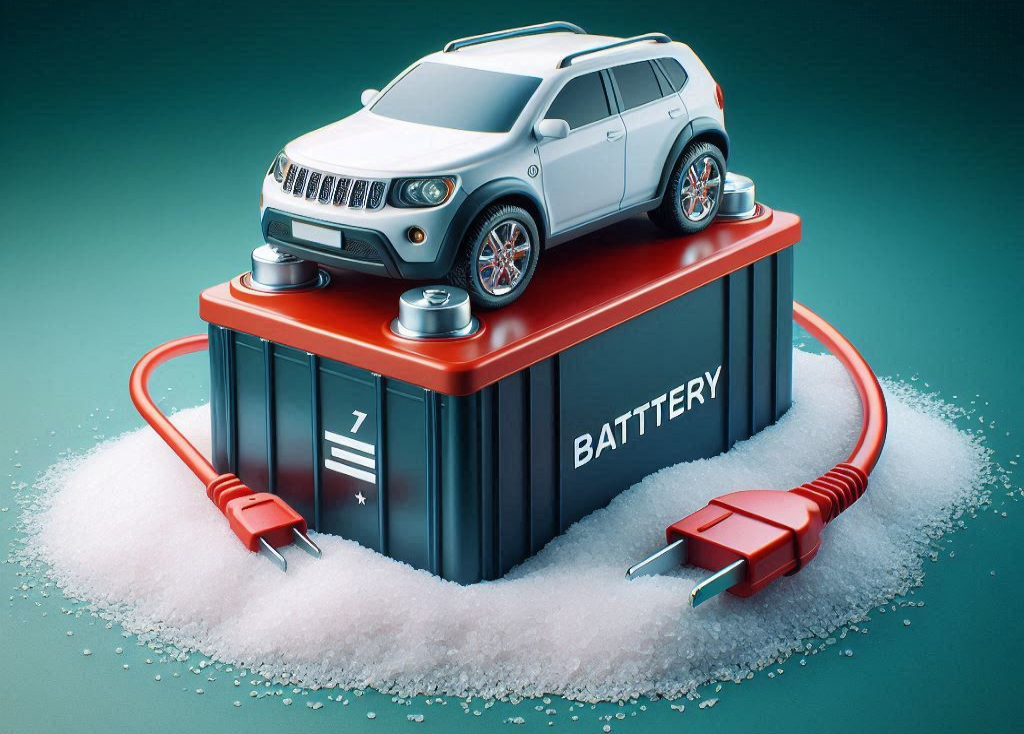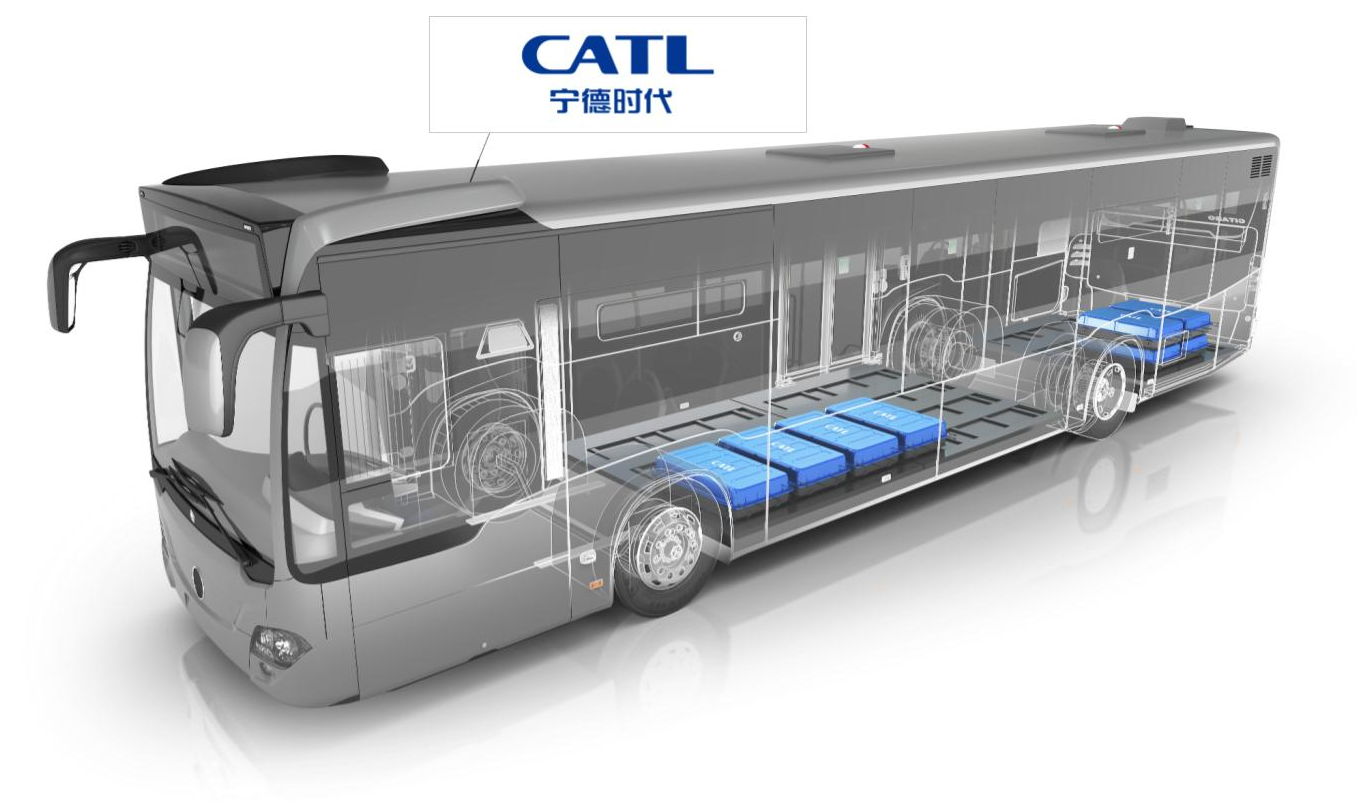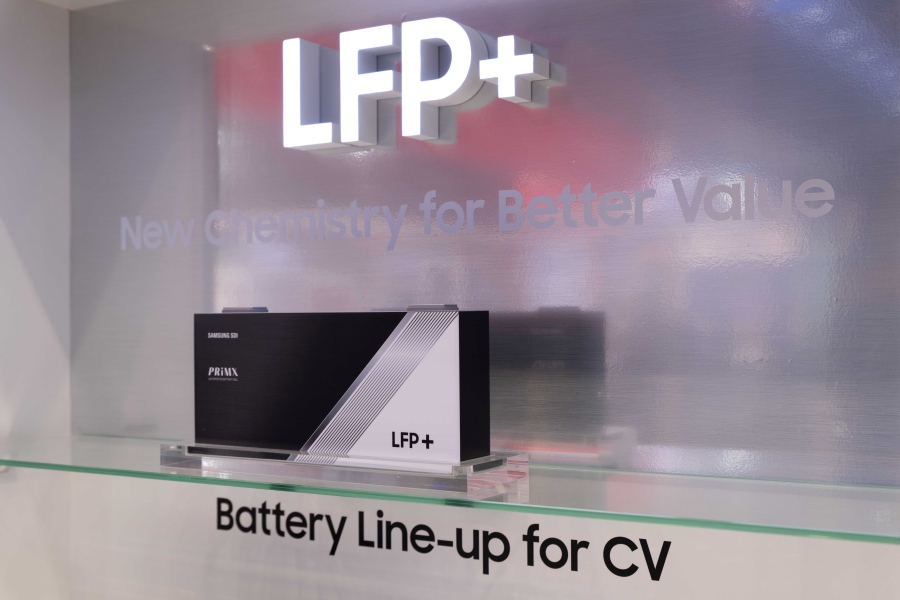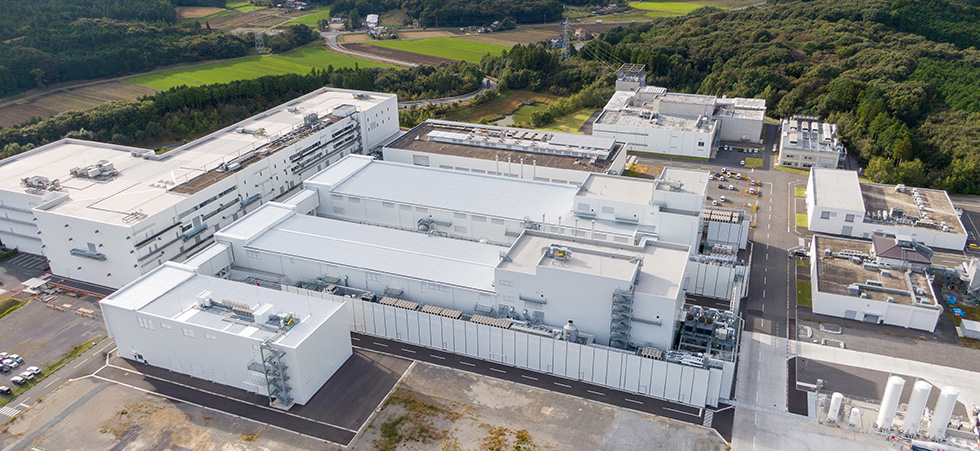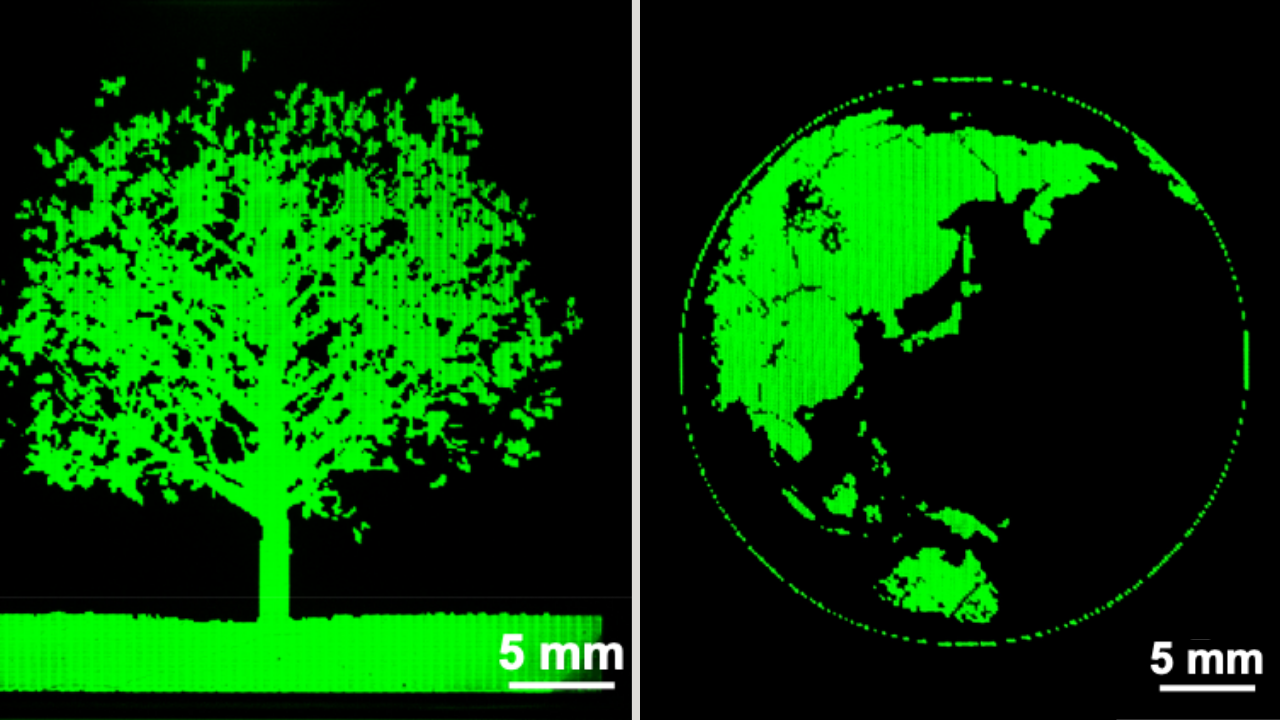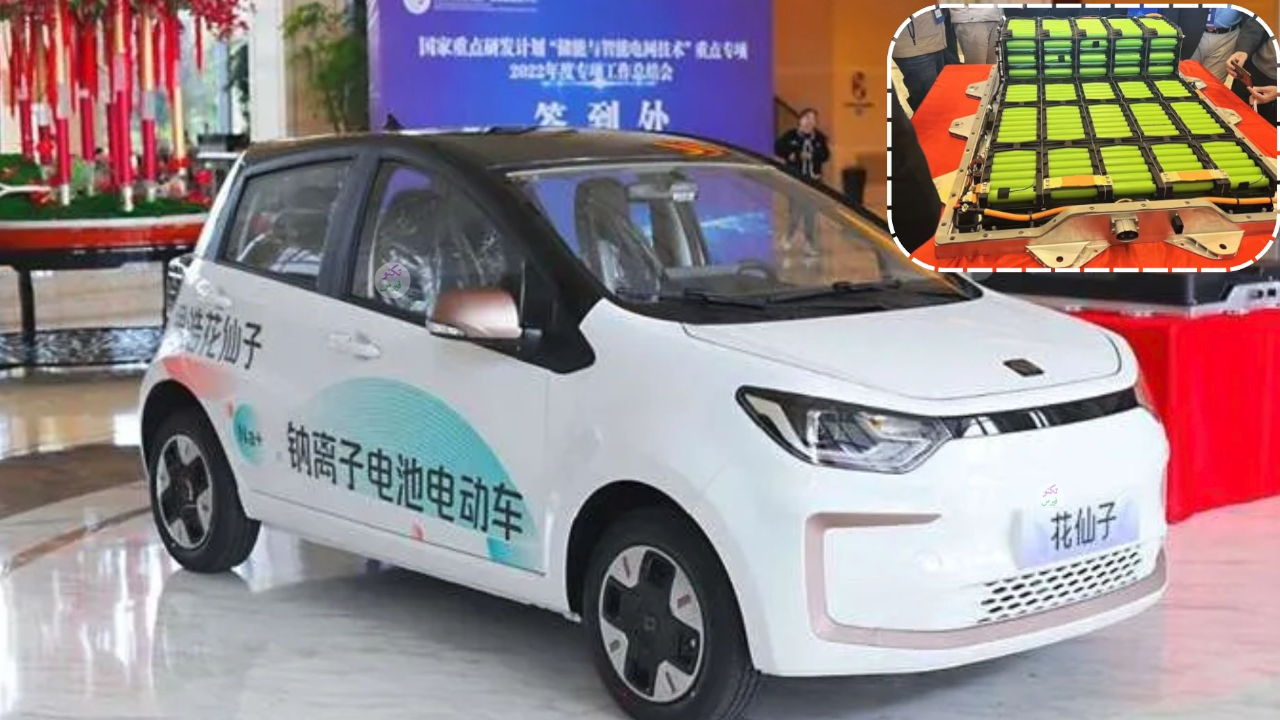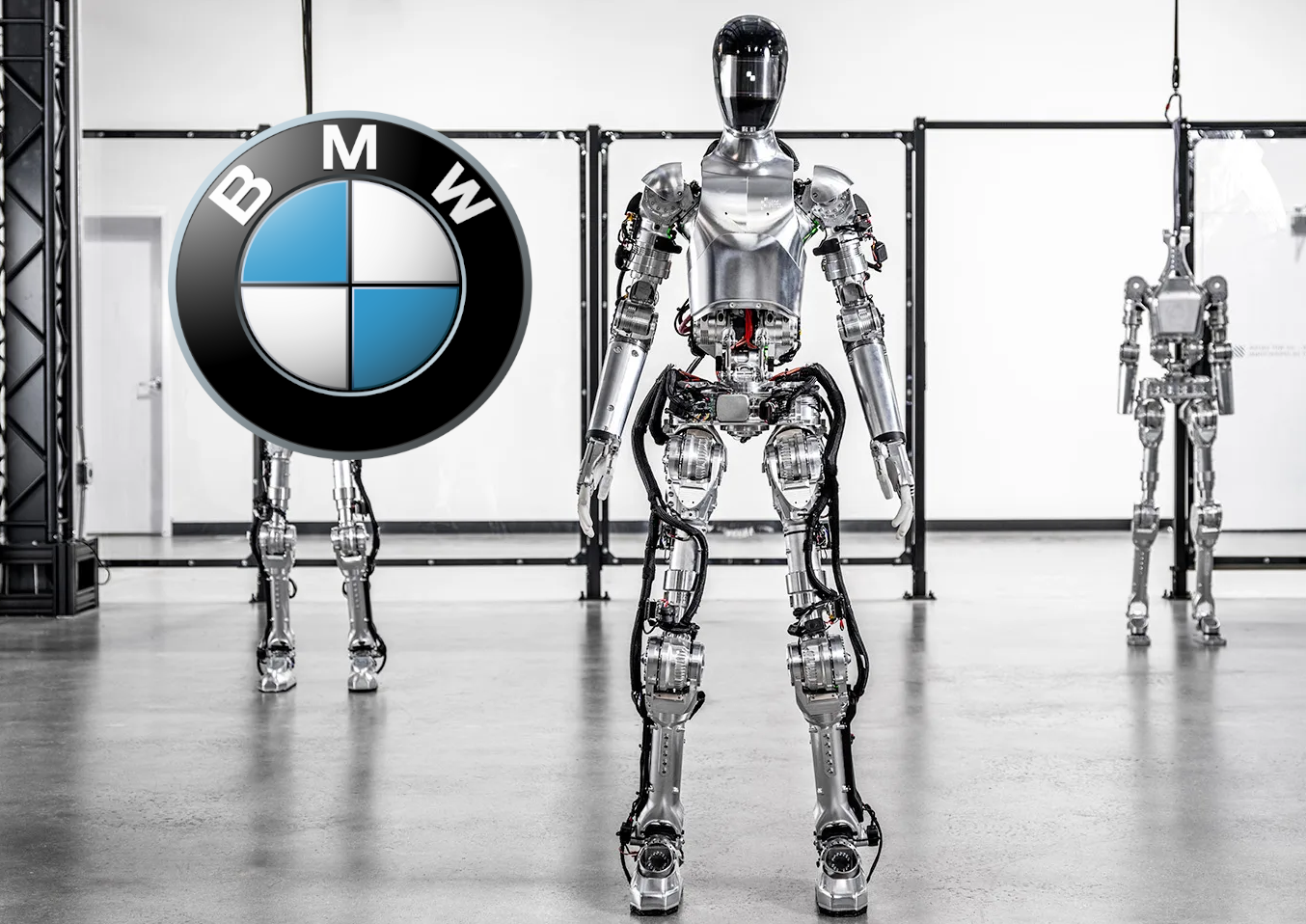An electric vehicle battery is composed of numerous individual cells connected in series and parallel configurations. Each cell is a tiny cylindrical battery unit with specific dimensions. In most current vehicles, these cells have a diameter of 21 mm and a height of 70 mm, hence the name “2170” battery (based on its unit dimensions).
Companies are working to adopt larger 4680 battery units, with a diameter of 46 mm and a height of 80 mm. These larger cells offer a higher energy density, meaning they can store more energy in the same size and weight, increasing the electric vehicle’s range by at least 20%.
Tesla attempted to implement these batteries in some of its models, such as the Cybertruck. BMW, GM, and Stellantis also made similar attempts, but none of them, including Tesla, have succeeded in mass-producing these batteries yet.
Nearly all major battery manufacturers, including Korean companies like Samsung SDI and LG and Chinese companies like CATL and BYD, are working to mass-produce the 4680 type. However, no company has announced achieving this yet.
LG, the third-largest producer of electric batteries after CATL and BYD, announced it would be the first to mass-produce this type. If successful, LG would outpace its competitors and potentially disrupt the market. All companies would likely prefer to use these batteries due to their higher energy density and lower production costs, given their larger size and simpler design.
The company had previously announced that production would begin in August but has now postponed it to December. If LG succeeds before its competitors, it will gain a significant advantage in attracting electric vehicle manufacturers, most of which currently use Chinese batteries.
